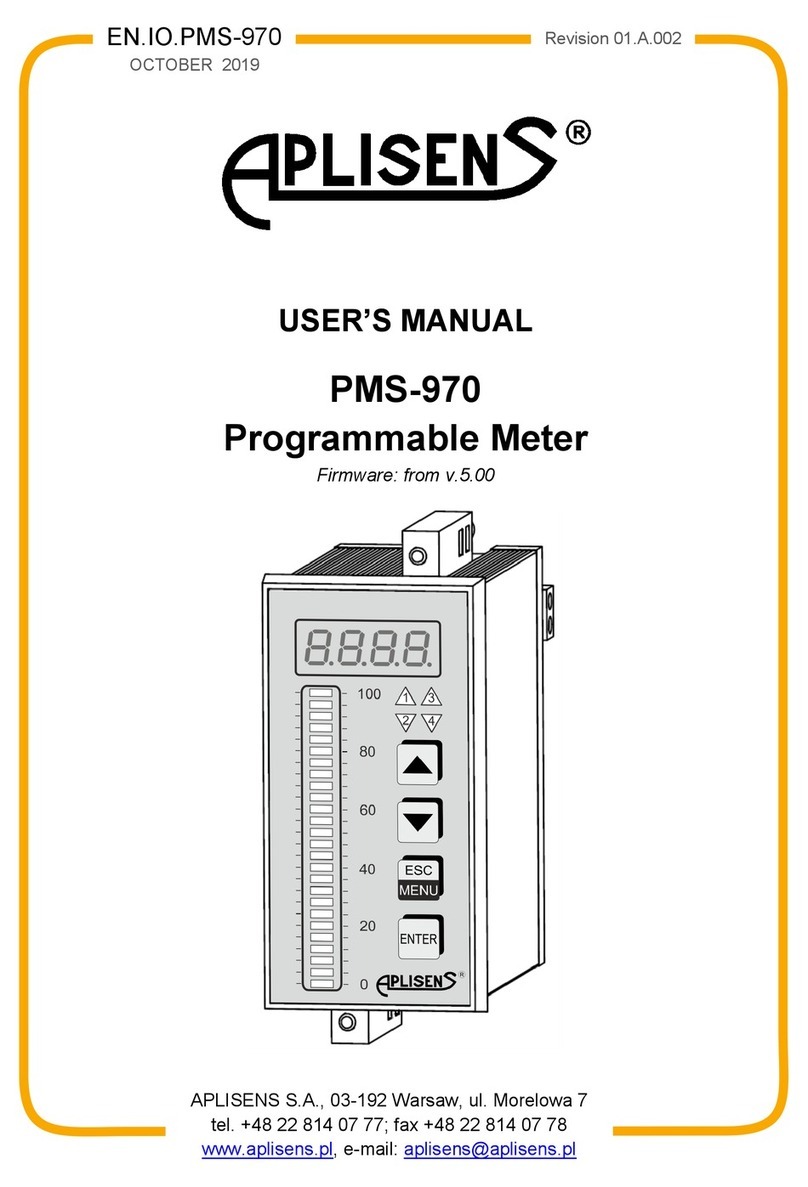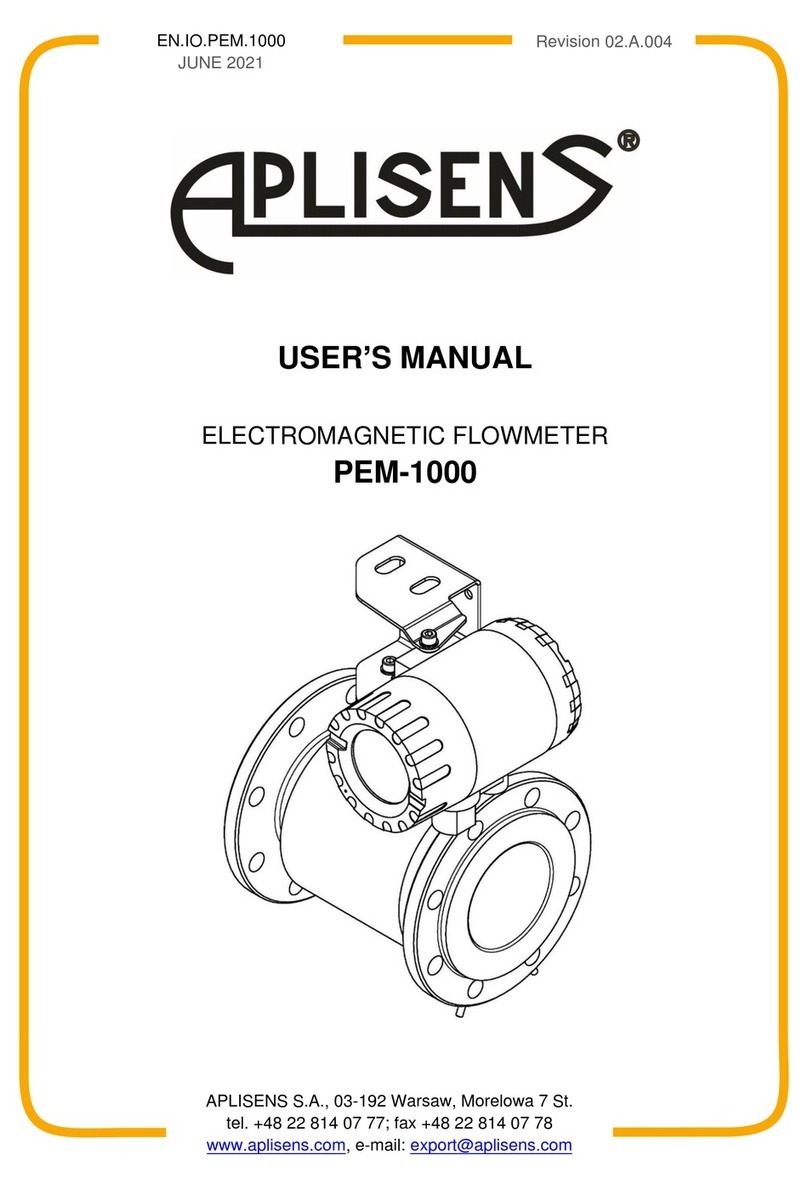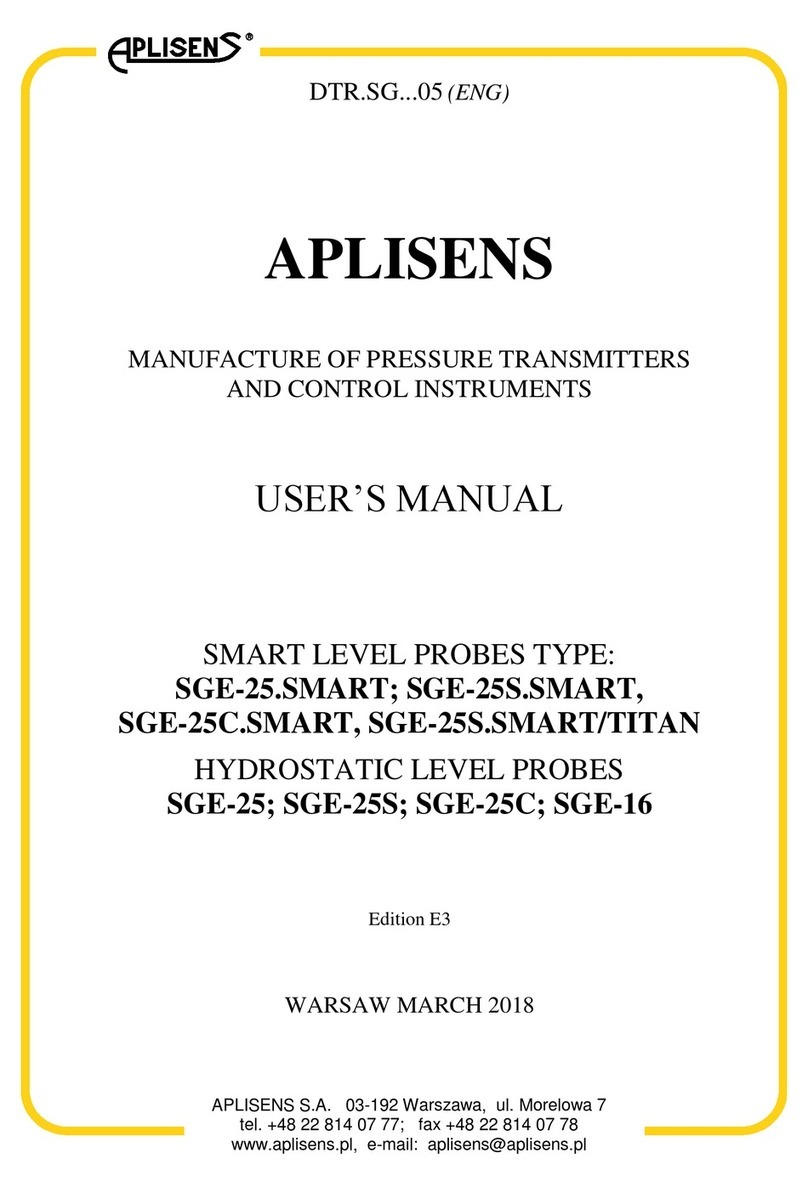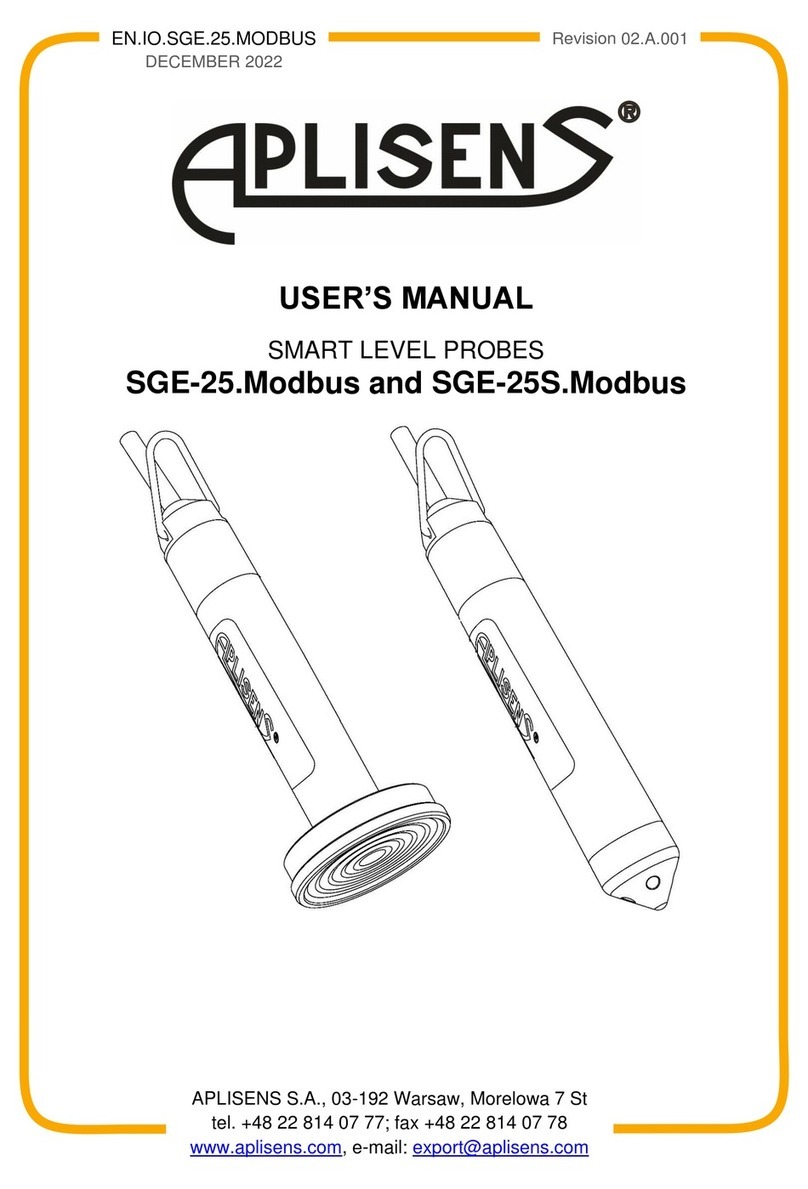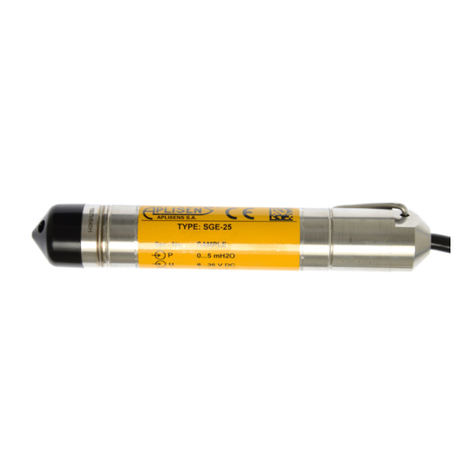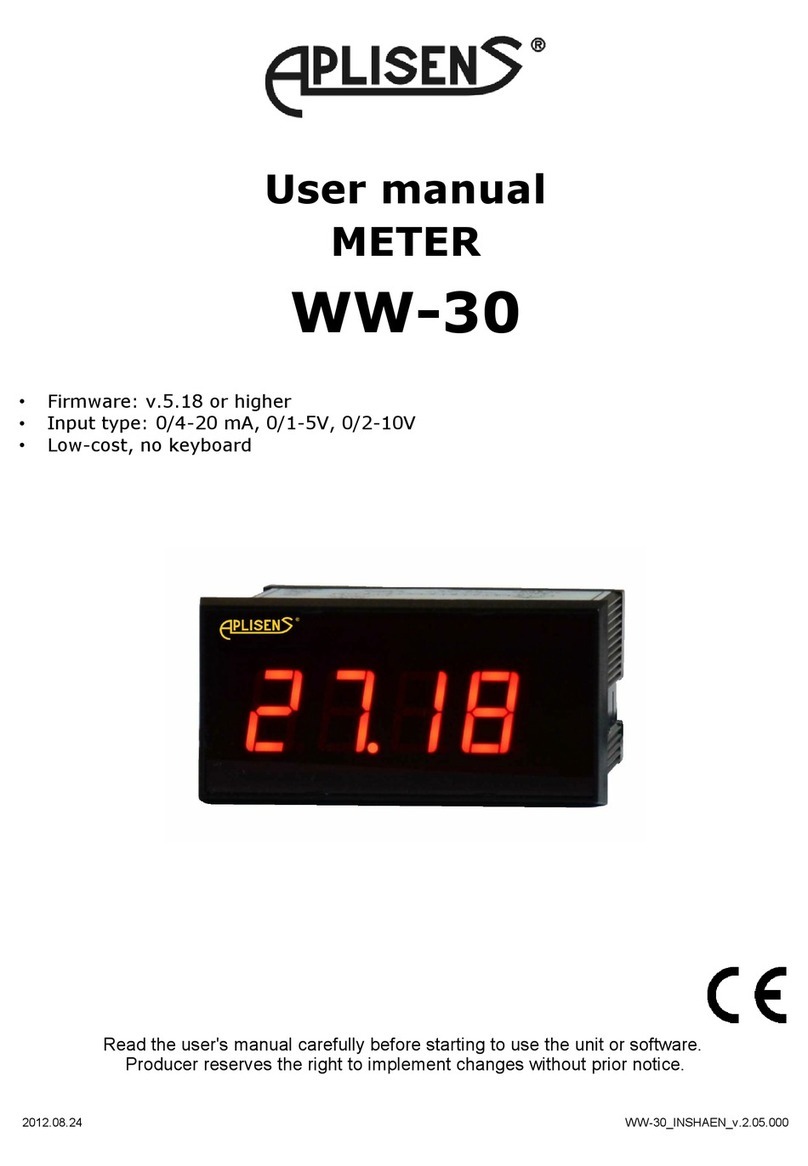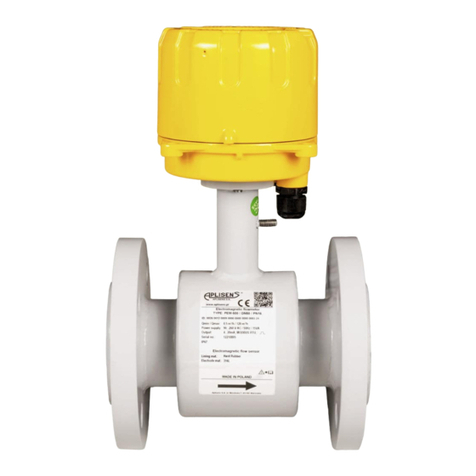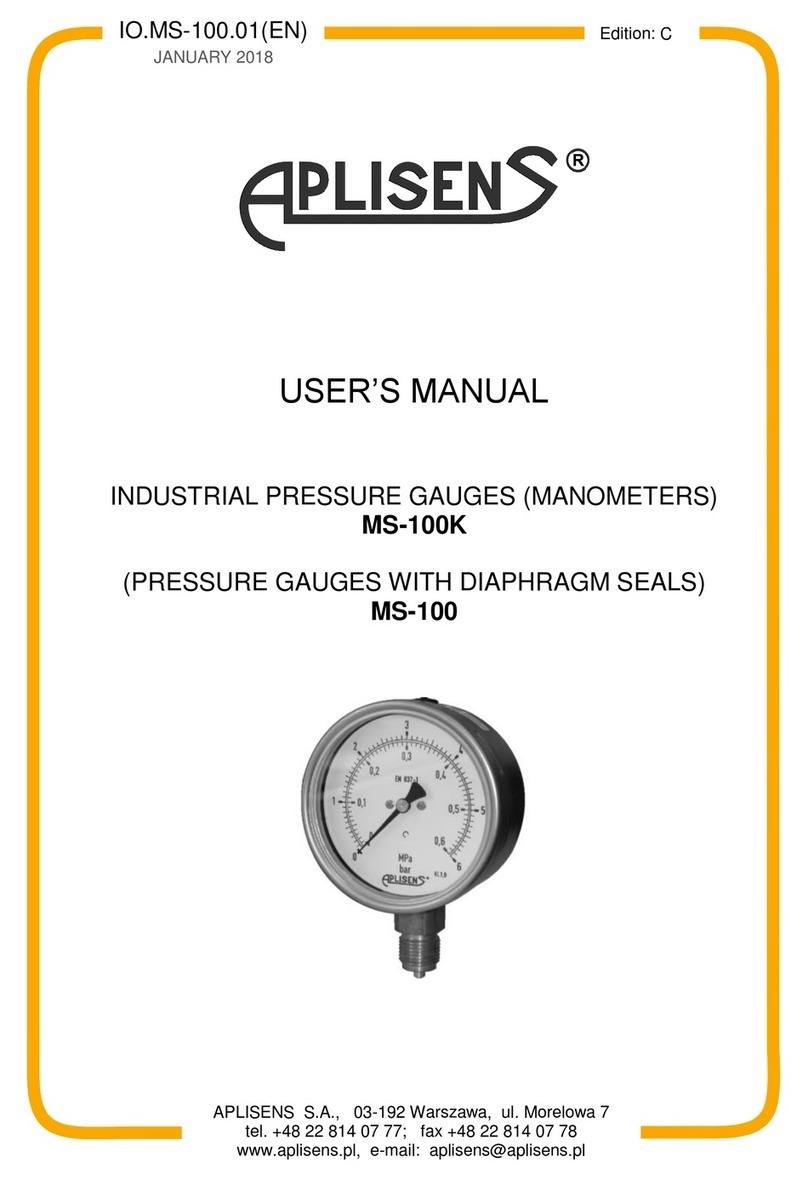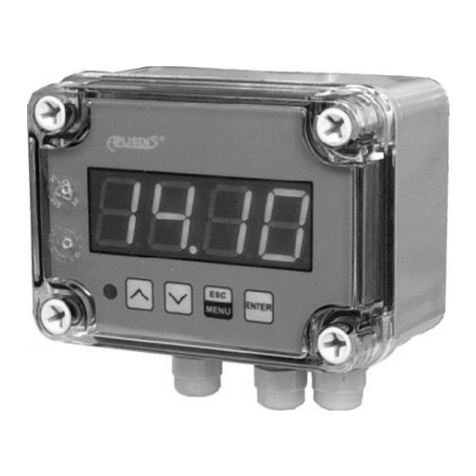
1
02.B.003
TABLE OF CONTENTS
1. INTRODUCTION...............................................................................................2
2. SAFETY............................................................................................................2
3. SET LIST...........................................................................................................2
4. TRANSPORT AND STORAGE.........................................................................3
4.1. Transport..................................................................................................................................3
4.2. Storage3
5. WARRANTY .....................................................................................................3
6. STRUCTURE ....................................................................................................3
6.1. Purpose and features...............................................................................................................3
6.2. Structure and operation............................................................................................................3
6.3. Overall dimensions...................................................................................................................4
7. INSTALLATION................................................................................................5
8. CONNECTION ..................................................................................................7
Probe electrical outlets diagram:.......................................................................................................7
9. TECHNICAL PARAMETERS............................................................................9
9.1. Electrical parameters ...............................................................................................................9
9.2. Maximum ambient and working parameters.............................................................................9
9.3. Measurement range data.........................................................................................................9
9.4. Processing errors.....................................................................................................................9
9.5 Housing protection class........................................................................................................10
9.6 Housing..10
9.7 Marking10
10 INSPECTION ..................................................................................................11
10.1 Periodical inspection ..............................................................................................................11
10.2 Non-periodical inspection.......................................................................................................11
11 SCRAPPING, DISPOSAL...............................................................................11
12 ADDITIONAL INFORMATION ........................................................................11
1. INTRODUCTION
The subject of this instruction manual is the CS-27/W and CS-27/BAK hydrostatic fuel level
probe for installation on the fuel filler.
The manual includes data, hints, and recommended action for installation and usage of the
device, as well as troubleshooting tips.
2. SAFETY
Read this instruction carefully prior to installation, startup, or any other work.
Installation and maintenance can only by conducted by qualified personnel,
authorized to install electrical equipment and measuring devices.
